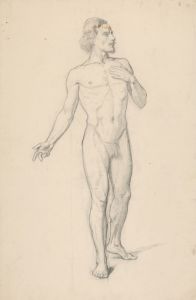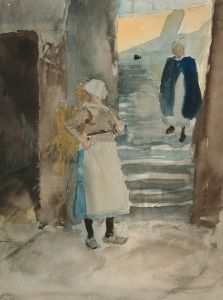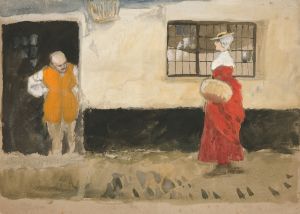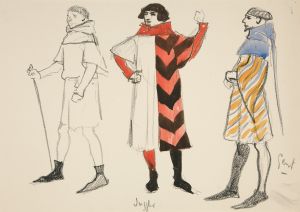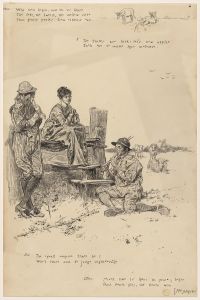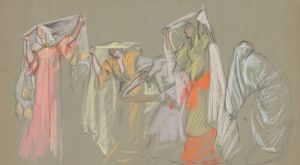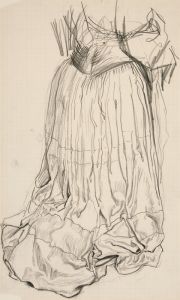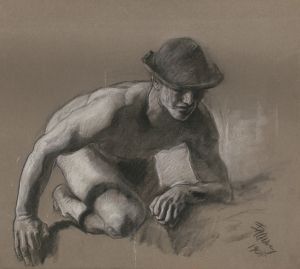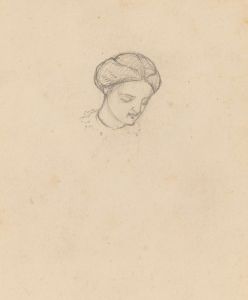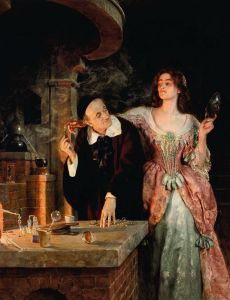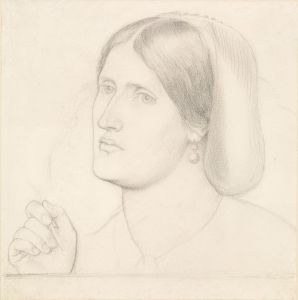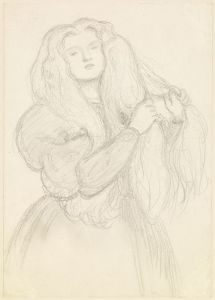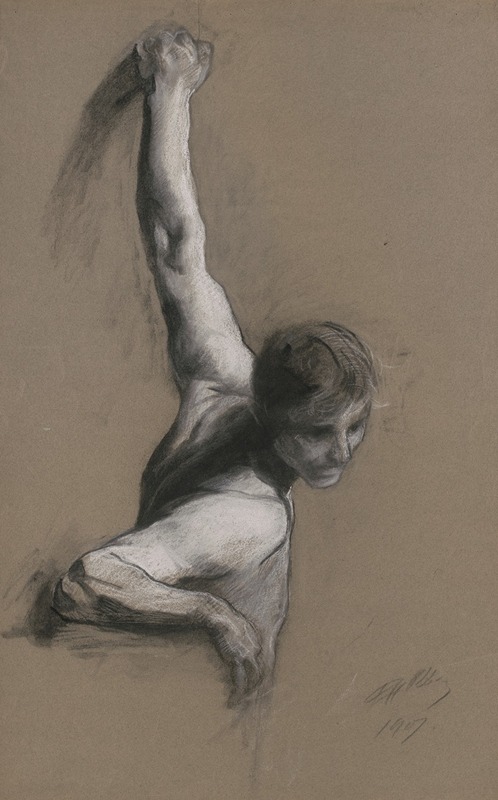
Study for Science
A hand-painted replica of Edwin Austin Abbey’s masterpiece Study for Science, meticulously crafted by professional artists to capture the true essence of the original. Each piece is created with museum-quality canvas and rare mineral pigments, carefully painted by experienced artists with delicate brushstrokes and rich, layered colors to perfectly recreate the texture of the original artwork. Unlike machine-printed reproductions, this hand-painted version brings the painting to life, infused with the artist’s emotions and skill in every stroke. Whether for personal collection or home decoration, it instantly elevates the artistic atmosphere of any space.
"Study for Science" is a painting by the American artist Edwin Austin Abbey, created in the late 19th century. Abbey, born in 1852 in Philadelphia, Pennsylvania, was a prominent illustrator and painter known for his works that often depicted historical and literary themes. He was a member of the American expatriate art community in England and was associated with the Pre-Raphaelite Brotherhood, a group of English painters, poets, and critics founded in 1848.
"Study for Science" is one of Abbey's preparatory works for the larger mural titled "The Quest of the Holy Grail," which he was commissioned to create for the Boston Public Library. This mural series, completed between 1890 and 1901, is considered one of Abbey's masterpieces and is a significant example of American mural painting from the period.
The painting "Study for Science" reflects Abbey's meticulous approach to his work, as he often created detailed studies and sketches before executing his final compositions. This particular study showcases his skill in rendering figures and his attention to detail, which were hallmarks of his artistic style. The subject matter of the study aligns with the broader themes of knowledge and enlightenment that are prevalent in the "Quest of the Holy Grail" series.
Abbey's technique in "Study for Science" demonstrates his proficiency in both drawing and painting. He employed a careful use of light and shadow to create depth and dimension, and his figures are rendered with a high degree of realism. The study likely served as a reference for the final mural, helping Abbey to refine his ideas and compositions before committing them to the larger, more permanent work.
Throughout his career, Edwin Austin Abbey received numerous accolades and was highly regarded by his contemporaries. He was elected to the National Academy of Design in 1902 and was also a member of the Royal Academy of Arts in London. Abbey's contributions to the field of illustration and painting have left a lasting legacy, and his works continue to be studied and admired for their technical excellence and historical significance.
"Study for Science" is an important piece within Abbey's body of work, as it provides insight into his creative process and the development of one of his most celebrated projects. The painting is a testament to Abbey's dedication to his craft and his ability to convey complex themes through his art. Today, Edwin Austin Abbey's works, including "Study for Science," are held in various public and private collections, where they continue to be appreciated by art enthusiasts and scholars alike.






